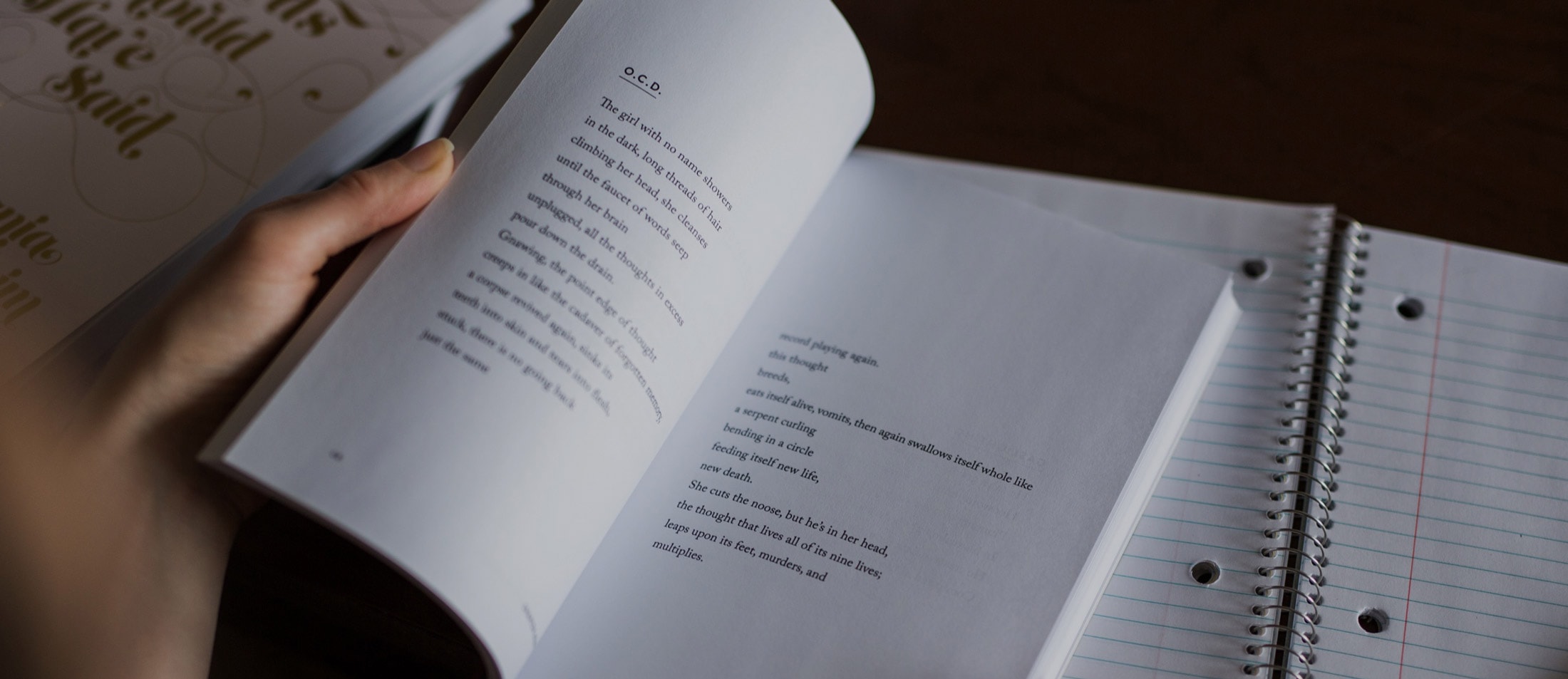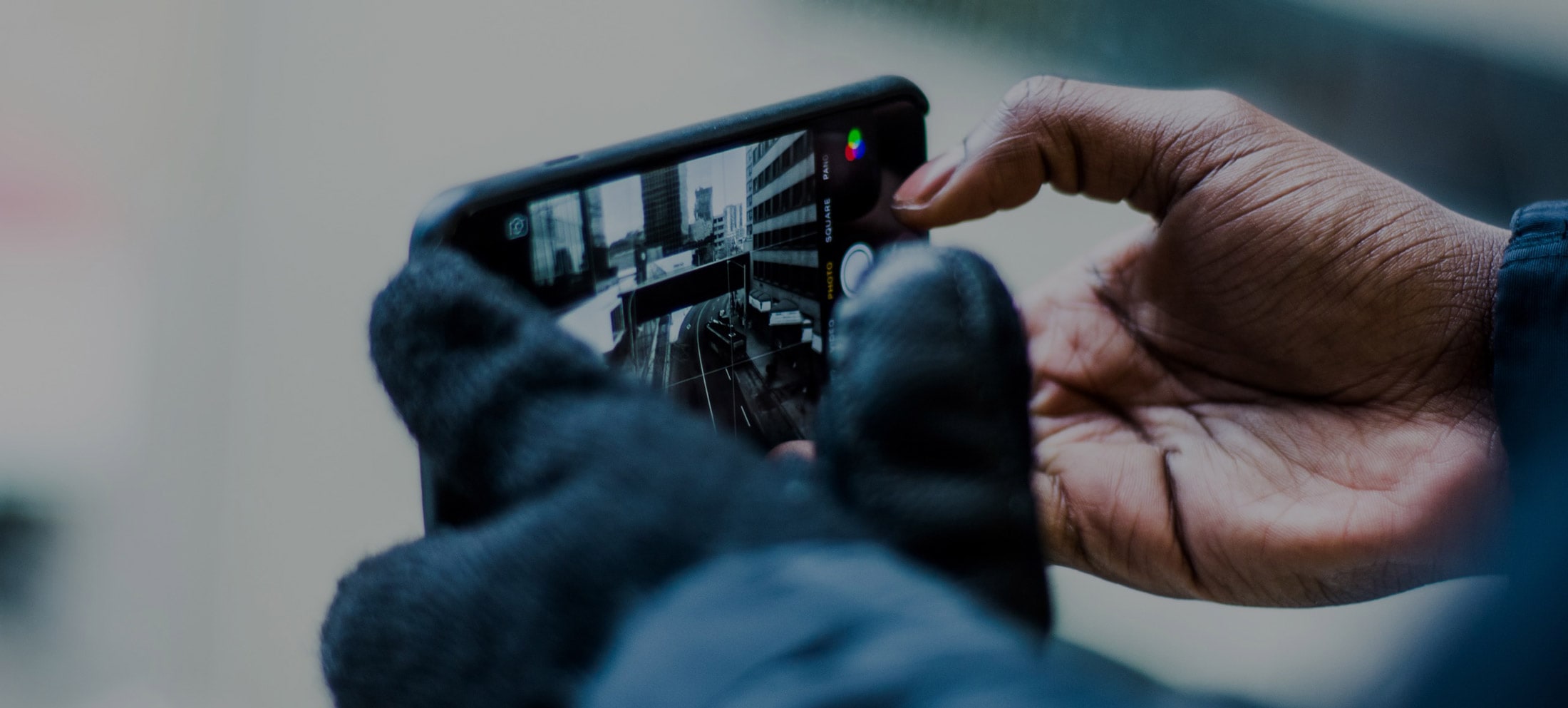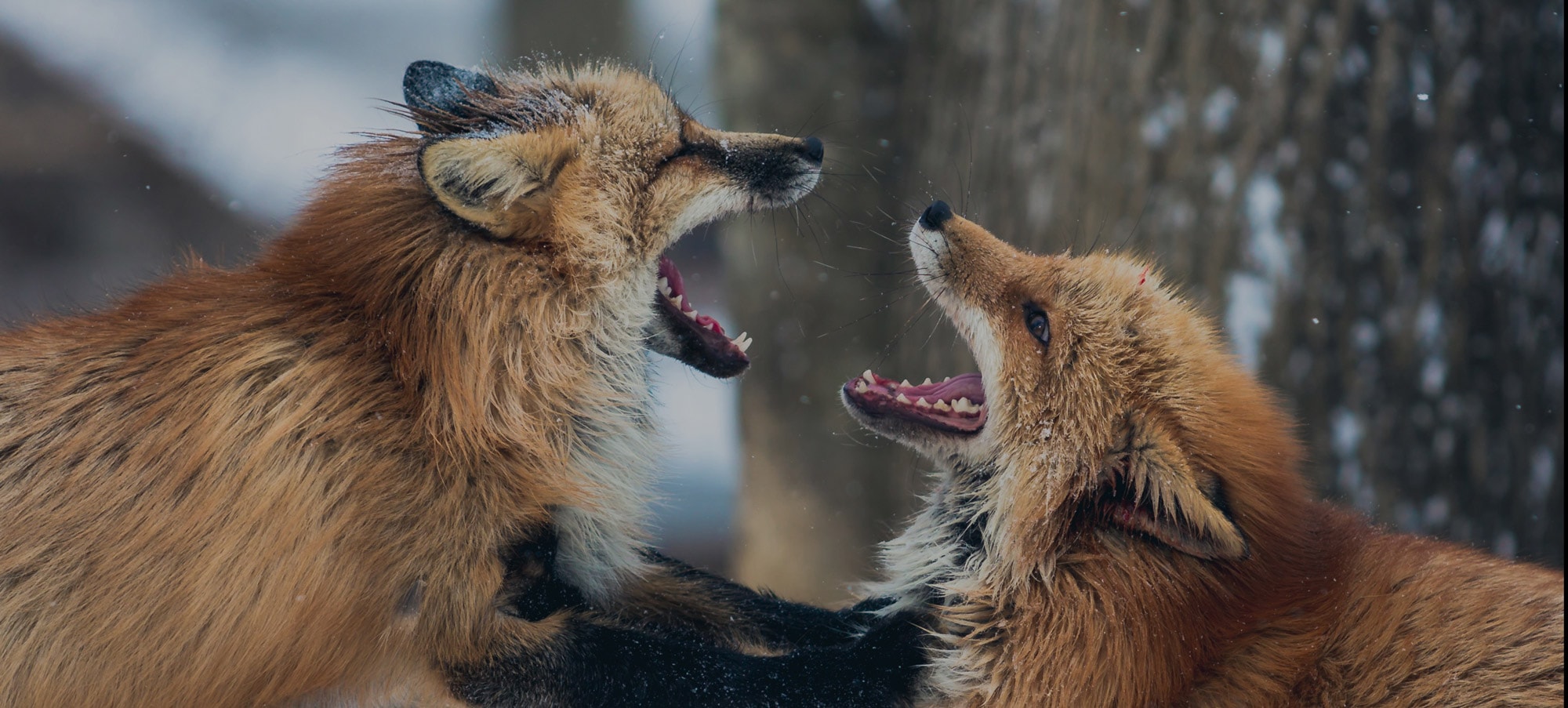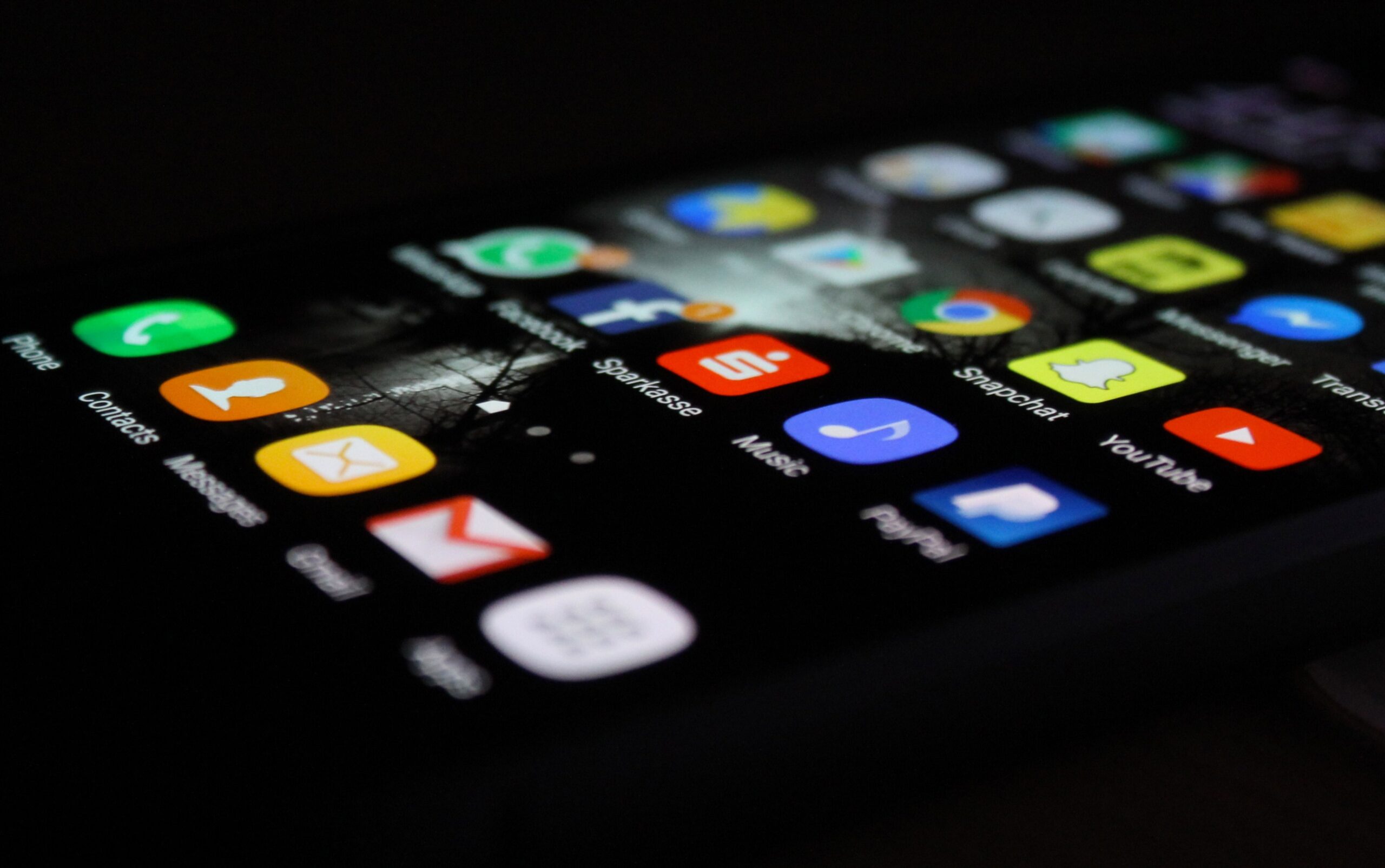Everyone has different definitions and the world of development can be extremely confusing. Here are some of the terms that we use and how we define them.
Everyone has different definitions and the world of development can be extremely confusing. Here are some of the terms that we use and how we define them. We’ll be constantly adding to this list with new definitions and more comprehensive responses but we hope this helps you navigate the confusing terms that we see all the time.
Discovery Meeting – Discovery is an opportunity for our team to learn more about the company and the product, to begin figuring out what the most important questions are, and to start the storyboard and wireframing process. We provide a discovery document with questions that we ask the client to fill out before the Discovery meeting. The objective of the Discovery meeting is to arrive at a project timeline using the User Flow (or connected Site Map) so that we are all on the same page when it comes to deliverables. The discovery meeting kicks off the initial design sprints. For more on discovery, we have an entire blog about our process here.
Moodboards – A collaborative collection of images and references that will eventually evolve into a product’s visual style guide. Our moodboards generally include images of logo styles, typefaces, colors, and example sites. We deliver moodboards through InVision.
User Flow – User flow defines the path that different users take to parts of a website and allows us to think through page flow before getting to layout.
User Experience – User Experience is the most laborious and arguably the most important part of the design process. This is where we build our wireframes, and think through how the user should be experiencing the website.
User Research – User Research focuses on understanding user behaviors, needs, and motivations through observation techniques, task analysis, and other feedback methodologies. After the user experience period, we ask that the client select 5-10 users of the site that we can get feedback from in order to make our first set of revisions.
Style Guide – A brand style guide is the primary visual DNA of your company’s branding. This includes colors, type, buttons, illustrations and more. If your company already has an existing style guide we would take the existing style guide and create one specifically for the website.
User Interface – The final step of design is the user interface, or simply put making your website look great. We go beyond something that looks pretty and build a website that fits your demographic. We have two revisions in place after we send over our initial user interface.
Regression Testing – This type of testing is used to go and look through functions unrelated to the current updated function. The philosophy here is that the current update has the potential to break and effect functions that previously had been tested or that previously worked.
Black Box Testing – Black box testing is when a QA engineer goes and manually tests for bugs by tapping and using the application without looking under the hood (the code) of the application.
Test Driven Development – This type of testing is testing that is automated by programmers. Programmers write code that automatically tests for intended outcomes. If the intended outcome is not seen, the code automatically raises red flags. This type of testing can extend the development period but can be helpful long term in finding bugs that black box testing may miss.



